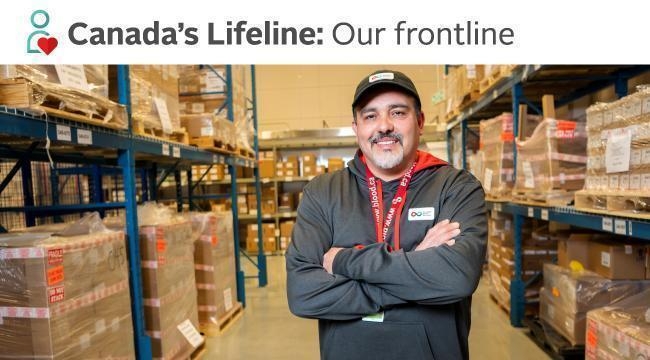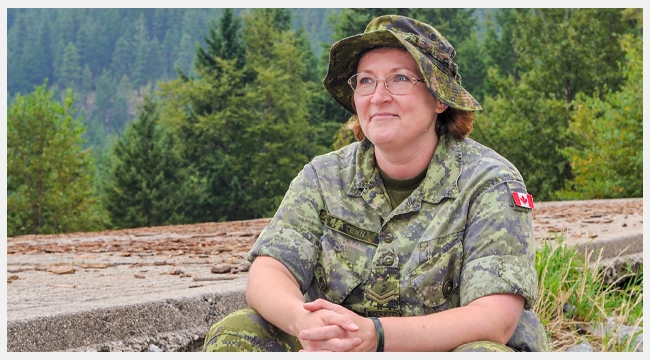Five inspiring stories about the impact of cord blood donors
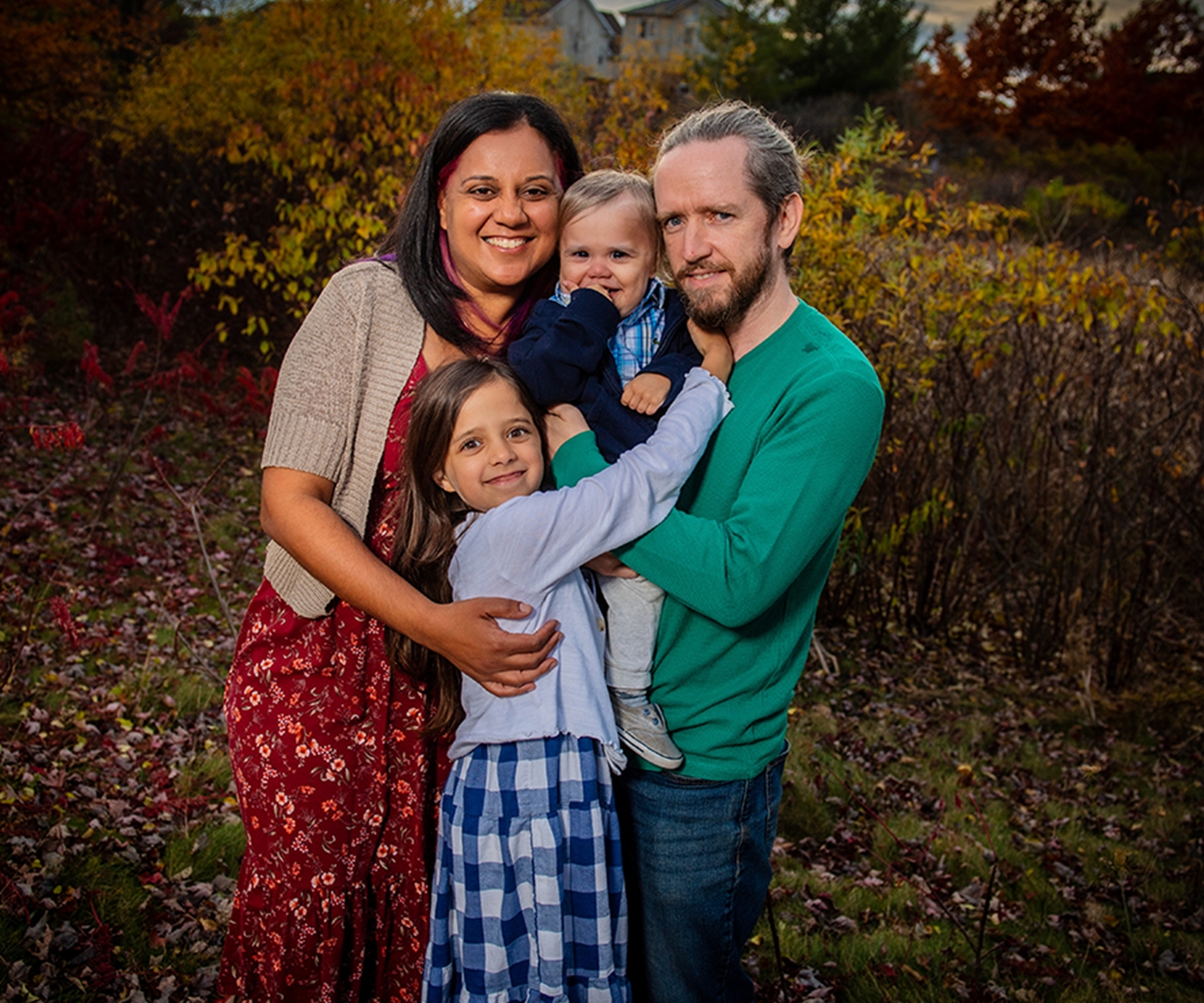
Join our celebration of Cord Blood Awareness Month this July by reading and sharing these five stories
At any given time, nearly 1,000 patients across Canada are waiting for a stem cell transplant. Did you know that if you’re expecting a baby, you may be able to help?
The blood remaining in the placenta and umbilical cord after a birth is rich in stem cells. If you’re planning to deliver a baby at any of our four collection hospitals, you can easily register to donate cord blood to our national public bank. The bank stores cord blood stem cells for use by any matching patient in need. It’s an important complement to our stem cell registry, which provides matching adult stem cell donors for patients (and which you can join if you are between the ages of 17 and 35).
Donating cord blood is a safe and painless process that does not interfere with birth plans, including delayed cord clamping. Donating is free, and you can register online well in advance of the birth. We collect cord blood donations at the following four sites:
-
The Ottawa Hospital (General campus) in Ottawa, Ont.
-
The William Osler Health System’s Brampton Civic Hospital in Brampton, Ont.
-
The Alberta Health Services’ Lois Hole Hospital for Women in Edmonton, Alta.
-
The BC Women’s Hospital and Health Centre in Vancouver, B.C.
Read on for five inspiring stories about how cord blood donors make all the difference.
1. A family comes ‘full circle’ with lifesaving gift of cord blood

Tristan Ford, centre, received a stem cell transplant with stem cells from donated umbilical cord blood. His mother Manny Ford, left, had previously donated umbilical cord herself following the birth of Tristan’s sister Jasmine, rear.
Manny Ford became a cord blood donor with the birth of her daughter, Jasmine, in 2015. Then, in an incredible turn of events, a cord blood donation from another parent saved the life of her son, Tristan.
“It felt like we came full circle,” says Manny, who lives in Guelph, Ont. “We had given when we were able, and I am so grateful we were able to receive a lifesaving donation for our son when we needed it.”
A patient’s best chance of a match typically lies with a stem cell donor of similar ethnic background. However, many groups are underrepresented on registries worldwide. Before Tristan’s transplant, that was a source of anxiety for Manny.
“Because Tristan is mixed-race, with South Asian and white parents, I was extremely worried about the possibility of finding him a match on the stem cell registry,” says Manny.
Fortunately, cord blood banks help address the challenge for patients like Tristan in two ways. First, they widen the overall pool of potential stem cell matches. Second, compared with stem cells from adult donors, those from cord blood do not need to be matched as precisely to the recipient to be suitable for transplant.
Read more: Gift of lifesaving cord blood brought this family ‘full circle’
2. ‘So much joy’ when her cord blood donation was matched to a patient
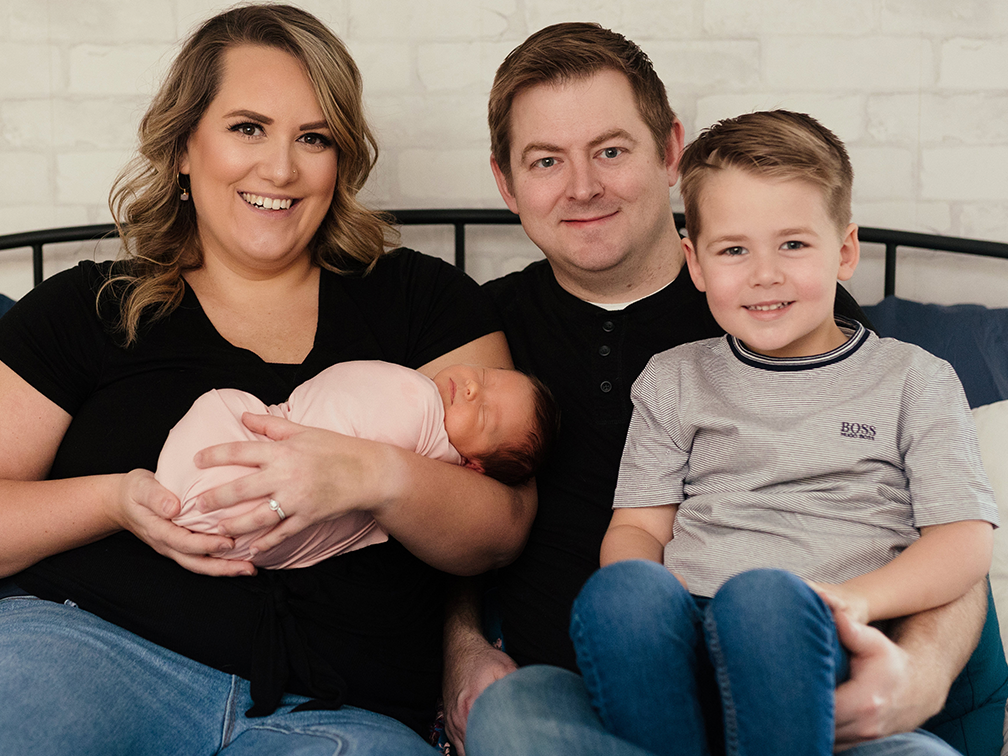
Kelsey Koch, left, donated cord blood following the birth of her son Nixon, right. She later learned stem cells from that donation were shipped for transplant to help a patient.
Kelsey Koch, a labour and delivery nurse in Edmonton, Alta., didn’t hesitate to donate cord blood when her son was born.
“If there was the slightest chance our baby’s cord blood would help someone, it was a no-brainer for us to help that person,” she says.
A few years later, Kelsey had just given birth to her second child, Emmy, when she received a letter from Canadian Blood Services.
“When I opened the mail, I saw a certificate informing us that our donated cord blood unit was shipped to a patient,” says Kelsey. “I got very emotional. I was overwhelmed with knowing that my son had potentially made a difference in someone’s life.”
“It's something I never expected to hear, and yet it brought us so much joy.”
Read more: Umbilical cord blood donor celebrates the chance to save a life
3. Donated umbilical cord blood saves the life of another newborn

Justin Lau, centre, received a lifesaving stem cell transplant using stem cells from cord blood as a newborn. He celebrated his graduation from grade 7 in 2021.
Less than a year after losing her firstborn son to a rare disorder, Celia Lau of Burnaby, B.C., found herself fighting to save the life of her second.
Celia’s first son Cameron had been diagnosed at the age of five months with a rare illness that left him unable to fight off most types of infections. He died just one year after diagnosis.
Then within months, Celia discovered that her second child would be born with the same disorder. She was just 14 weeks pregnant at the time.
“As soon as the diagnosis was confirmed for my new baby, the pediatrician at B.C. Children’s Hospital worked closely with my obstetrician-gynecologist to develop a plan,” says Celia.
That plan included a stem cell transplant, which baby Justin received in his first month of life, thanks to a cord blood donor.
“I wish more people from different ethnicities would join the stem cell registry or donate cord blood,” says Celia. “Just like a generous cord blood donor saved my son’s life, they too could save a patient’s life.”
Read more: How donated umbilical cord blood saved the life of another newborn
4. Welcoming both a ‘miracle baby’ and a chance to help others with cord blood

When Lena Mallary was expecting Flora-Lyn Russ, above, she registered to donate umbilical cord blood following the birth. Stem cells from donated cord blood can be used for lifesaving transplants.
Lena Mallary did not expect to be able to have a second child, so was thrilled to welcome daughter Flora-Lyn with her partner Cory Greenhalgh. And she knew early in the pregnancy that she wanted to become a cord blood donor.
“After my mom was diagnosed with breast cancer in 2019, one of my son’s best friends was diagnosed with leukemia that same year, and he needed stem cells to help in his recovery,” says Lena. “The little boy was eventually cured of his cancer with cord blood stem cells at the same time we got pregnant.
“So, there was no question in our minds that we had to donate cord blood.”
Read more: How an Indigenous cord blood donor was inspired by a patient
5. ‘Cord blood cells are priceless to us’
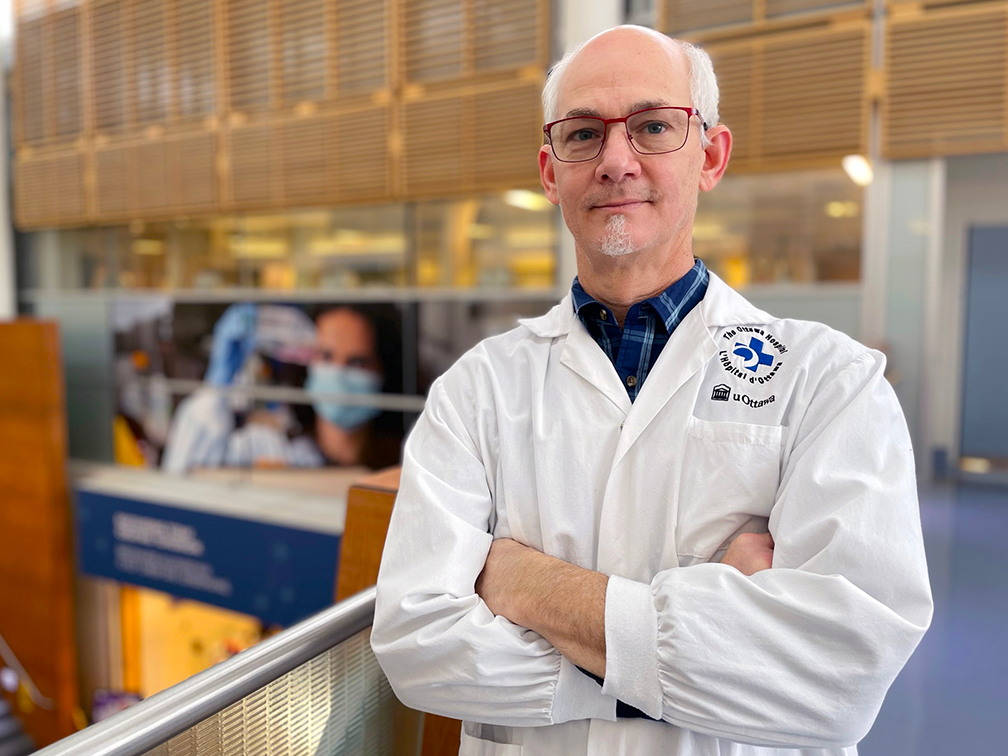
Dr. William Stanford, a senior scientist at The Ottawa Hospital, has used donated cord blood in research that could pave the way to better treatments for leukemia.
Whenever possible, donations of umbilical cord blood are stored in our national public cord blood bank for use in transplants. However, if a donation cannot be banked, such as when the quantity of stem cells is insufficient, it can take another meaningful path through our Cord Blood For Research program.
With donor consent, this program directs cord blood donations to any of several researchers across the country. Dr. William Stanford, whose research could pave the way to better leukemia treatments, has received them gratefully.
“Cord blood cells are priceless for us, really, for the type of research that we do,” says Dr. William Stanford, a senior scientist at The Ottawa Hospital and professor at the University of Ottawa.
“Our own experience, and that of many of our colleagues, is that clinical trials that are being done now would not be in the clinic if it were not for cord blood cells.”
Read more: ‘Cord blood cells are priceless for us’

